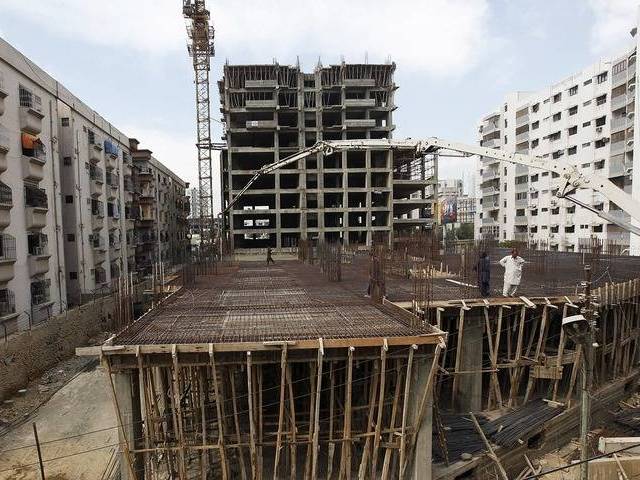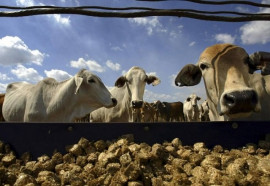
LAHORE: After years of stagnation, there seems a revival of the construction and housing services sub-sectors in Pakistan.
These two sectors reflect the level of development in a country. Construction from the perspective of GDP, broadly speaking, deals with civil engineering work, consisting of new buildings, roads, bridges, railway lines, transmission lines, dams, etc.
Pakistan’s booming retail sector
The share of construction sector is around 2.5% in the GDP statistics and this share seems understated as the last housing census was conducted in 1998.
Similarly, the housing services sector is composed of owner-occupied housing, residential and non-residential real estate, cooperative and private housing societies, contributing around 6.75% to the GDP.
Both sub-sectors contribute more than 9% to the GDP of Pakistan which is lower than the statistics in advanced economies where these sectors contribute between 16 and 20% to the GDP.
Key inputs
Cement and steel are the major raw materials required and consumed in these sub-sectors. For instance, cement and steel gobble up 45-55% of the cost of construction.
The first glimpse of the revival of these sectors can be caught through cement sales in Pakistan. The local cement consumption increased around 17% in the first nine months of fiscal year 2015-16, while there was a deceleration in the growth of cement exports during the period.
Proposed housing society: Construction banned in several G, F sectors

However, cement demand grew a healthy 10% on the whole. The release of local pent-up demand has reduced the surplus capacity from 11 million tons to 6 million tons in the cement industry for the first time as the surplus capacity was hovering between 10 and 11 million tons since 2008.
The demand for the other major raw material - steel - has also increased. In the first nine months of FY16, imports of steel rose 30% in quantitative terms since two-thirds of steel demand in Pakistan is met through imports.
Similarly, a double-digit growth in the value of imports of construction machinery is being recorded during the said period.
Associated industries
Apart from these two major raw materials, allied industries have been registering a double-digit growth. For instance, the value of aluminium imports sprang up 35% and a 21% growth was noted in the paint industry and even glass industry was not falling behind in the race.
The revival of construction and housing services can make a strong case of ‘Crowding In’, implying that public investment can bring private investment as well.
Proposed housing society: Construction banned in several G, F sectors
When an economy recovers from a recession, the role of public investment is the key since private investor or capitalist is cautious in his investment decisions. The leading role of the government builds the confidence of the capitalist.
This is what is happening in Pakistan at the moment. The government has consistently focused on infrastructure spending and allocated a decent amount even in the development budget.
For the next year, the government is planning to step up the development budget to Rs1.5 trillion. The development budget target would be achievable on two grounds.
First, the government would be out of the Extended Fund Facility of the IMF and in a position to spend according to its political aspirations. Second, the development budget would act as an electioneering device.
In a nutshell, let’s see how quickly the dream of the China-Pakistan Economic Corridor (CPEC) transforms into reality. The realisation of this bilateral arrangement would bring dividends in years to come.
However, the major constraint is the balance of payments which tightens the belt of the government at frequent intervals. The resolve of the government to build, upgrade and modernise infrastructure will ‘crowd in’ private investment in construction and allied industries.
The writer is an Assistant Professor of Economics at Suleman Dawood School of Business, Lahore University of Management Sciences
Published in The Express Tribune, May 23rd, 2016.
Like Business on Facebook, follow @TribuneBiz on Twitter to stay informed and join in the conversation.













































COMMENTS (3)
Comments are moderated and generally will be posted if they are on-topic and not abusive.
For more information, please see our Comments FAQ